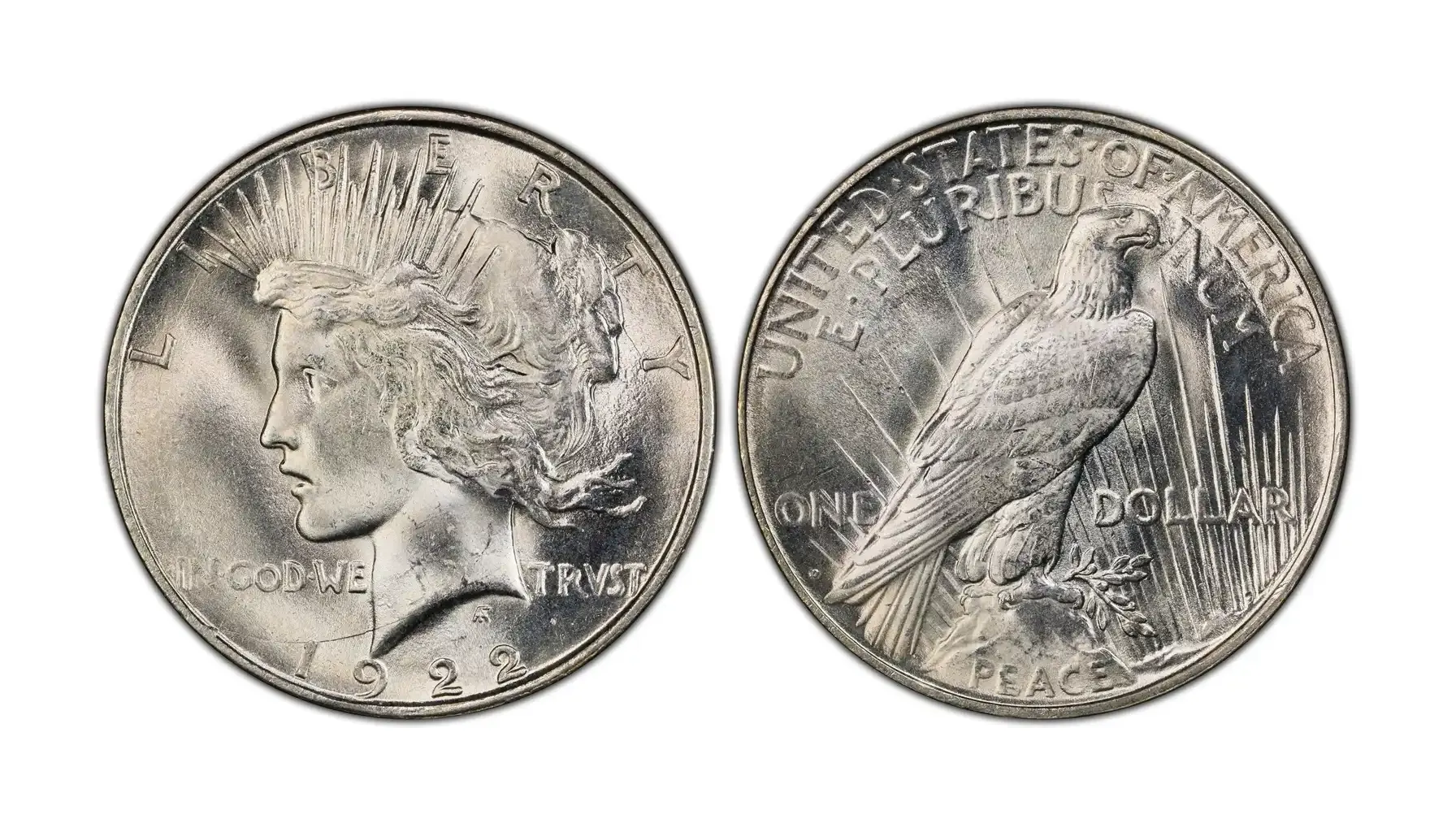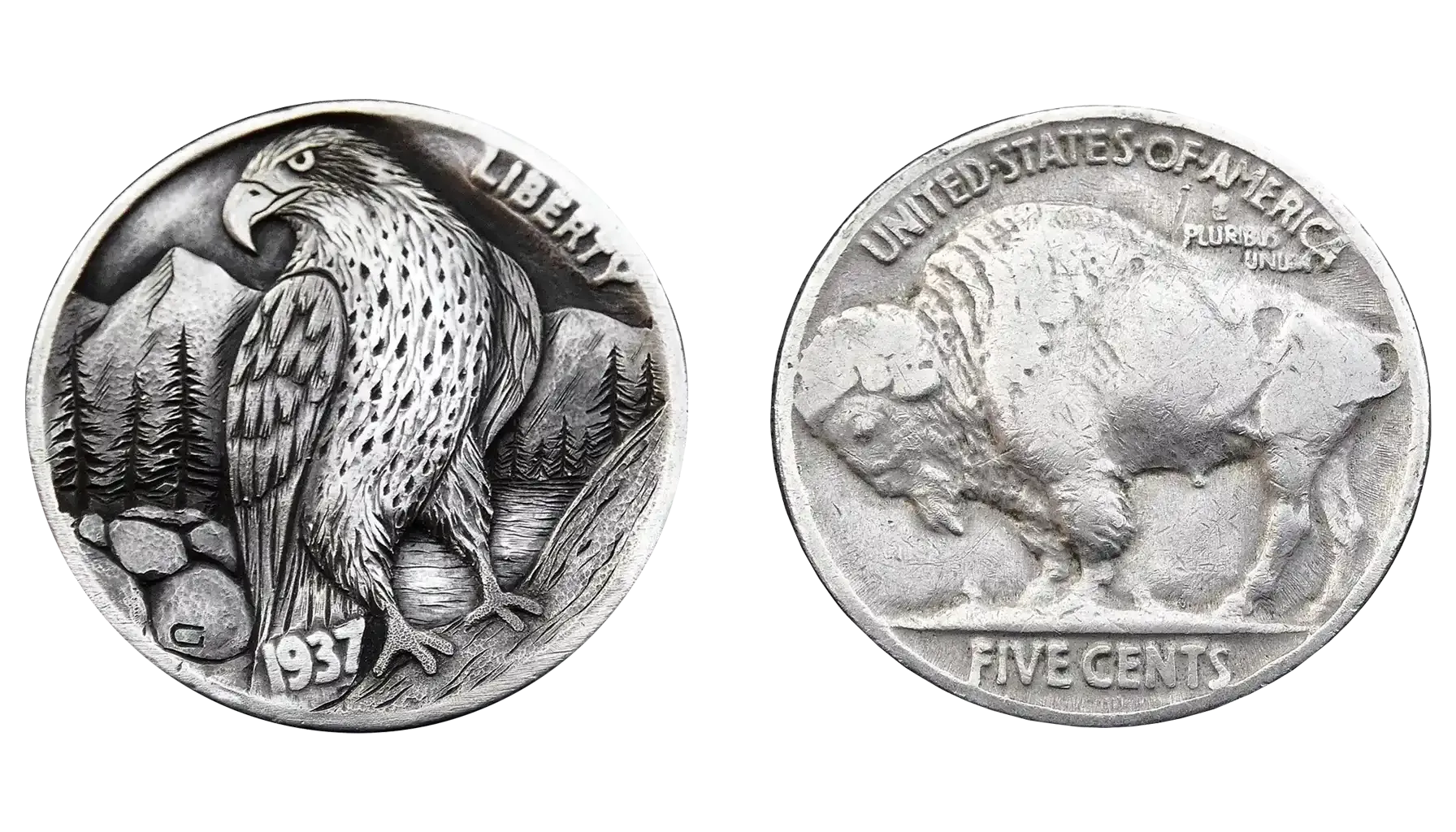Contents:
The Washington series might be one of the most fundamental coin editions in US numismatic history, which regularly becomes the entry point or a familiar favorite for beginners and amateur enthusiasts. Through its inception till the present day, one could not discover a dull item – each creation carries the burden of its era, with unique attributes that elevate both its value and collectibility.
In 1972, there was released one more 25-cent coin, and some of its instances have become iconic, bringing wealth to its holders. Today, we shall explore the main features of the 1972 Washington quarter, check coin value, and analyze its numismatic potential. We bet you might want to read on because not all quarters are the same.
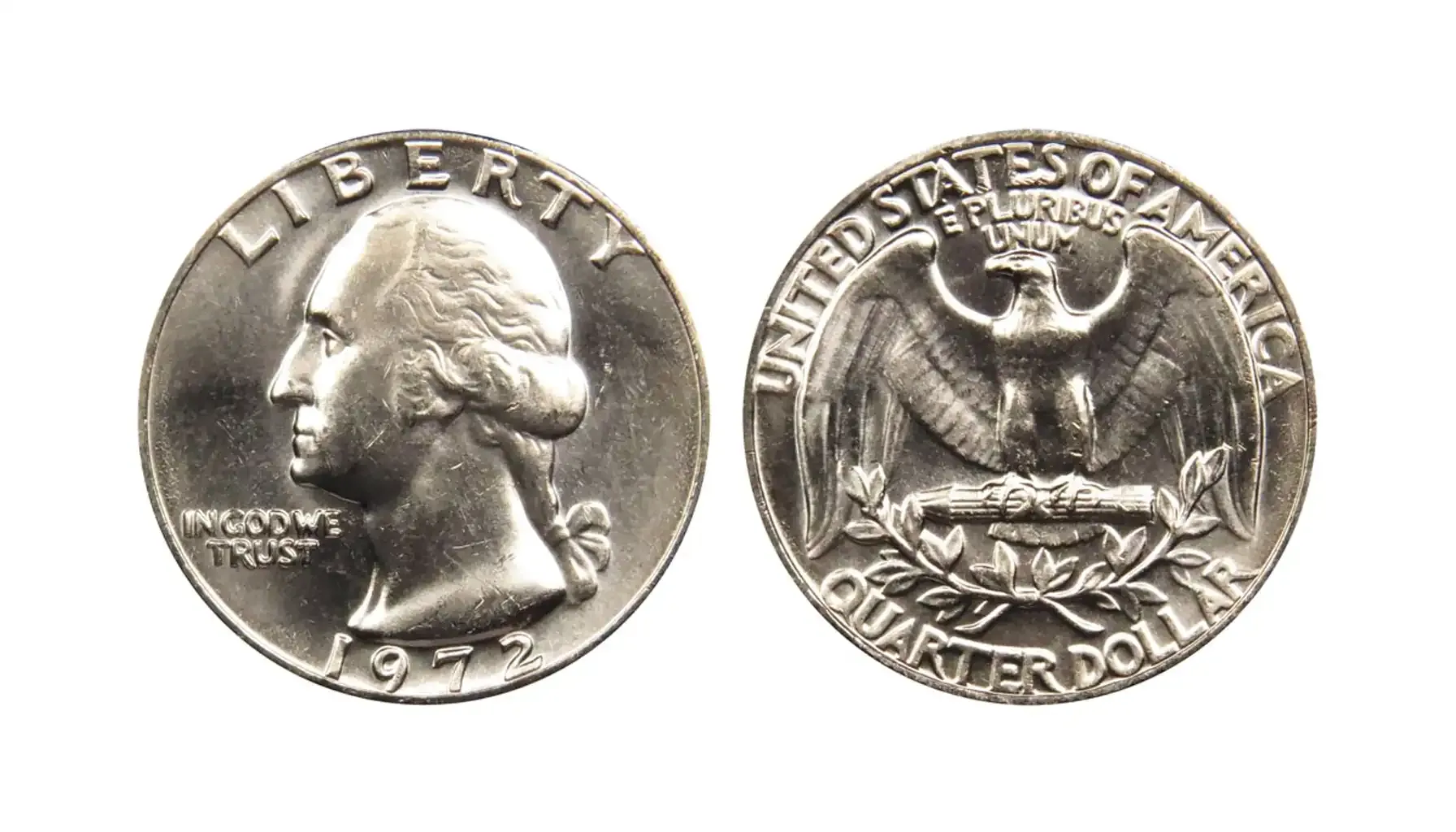
Overview of the 1972 Quarter
The 1972 Washington quarter is a 25-cent coin that may seem a ubiquitous piece found in circulation. However, even the least noticeable instance may turn into a valuable asset with great potential hidden deep inside. Having been produced during a time of economic transition and with no silver used in composition anymore, the 1972 issue is definitely worth the hype, and we are to prove this point further.
The Place in the Washington Series
The original Washington series spanned more than six decades, though the renewed, modified versions are still being issued with strong references to key events, historical figures, and their contributions, not to mention.
As such, the program saw its birth with the introduction of the 1932 quarter, aimed to commemorate the 200th anniversary of George Washington’s birth. By 1972, the series had already undergone a few significant changes, i.e., the shift away from the original silver composition and a turn to a more conventional and practical copper-nickel clad. This is how earlier issues were made more collectible, and the further editions draw less attention than they were worth.
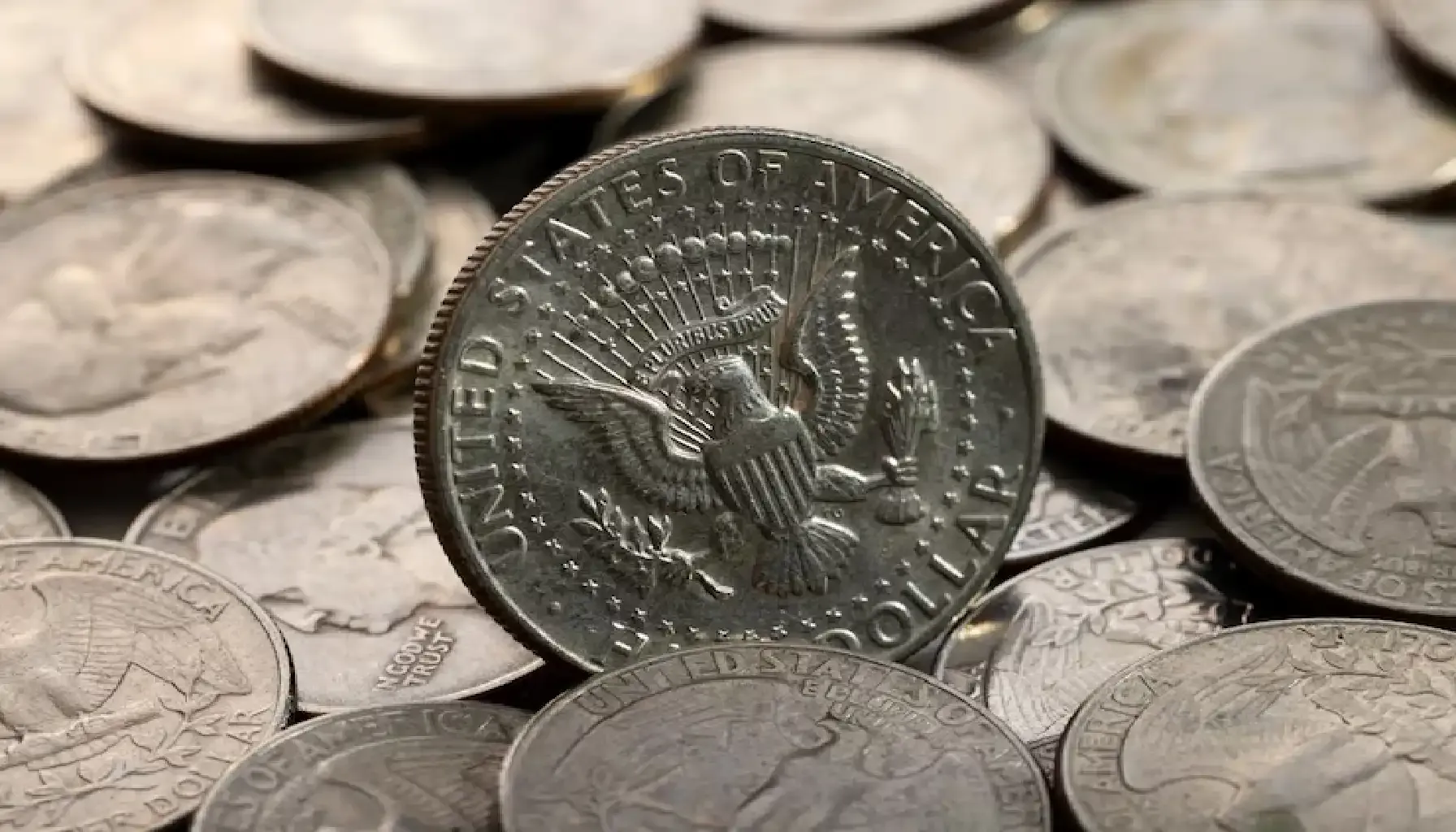
In fact, the 1972 edition was not a new version of the same coin but a literal duplicate of the previously issued instances, yet with a new date minted. Nevertheless, even such an inconspicuous piece may be valuable, if in pristine condition with exceptional features attributed.
Design Features and Specifications
Obverse: The obverse demonstrates a profile of George Washington facing left, with the "LIBERTY" arcing above his head, the motto "IN GOD WE TRUST" to the left, the date “1972” centered near the bottom rim, as well as the mint mark (“D” or “S”) to the right.
Reverse: The reverse, in turn, depicts an American bald eagle, with a bundle of arrows in the claws, an olive branch beneath, and the wings spread wide. The inscriptions also decorate this side, and these refer to "UNITED STATES OF AMERICA" and "E PLURIBUS UNUM" arcing above the eagle, with the denomination "QUARTER DOLLAR" anchoring the bottom.
The Main Features of the 1972 Quarter | |
Designer | John Flanagan (both obverse and reverse) |
Composition | 75% copper, 25% nickel over a pure copper core |
Weight | 5.67 grams |
Diameter | 24.30 mm |
Thickness | 1.75 mm |
Edge | Reeded (119 reeds) |
Mint Marks | No mint mark for Philadelphia “D” for Denver “S” for San Francisco (proof only) |
Strike Type | Business strike (Philadelphia, Denver) Proof (San Francisco) |
The Main Quarter 1972 Varieties by Mint
1972 25C (Regular Strike)
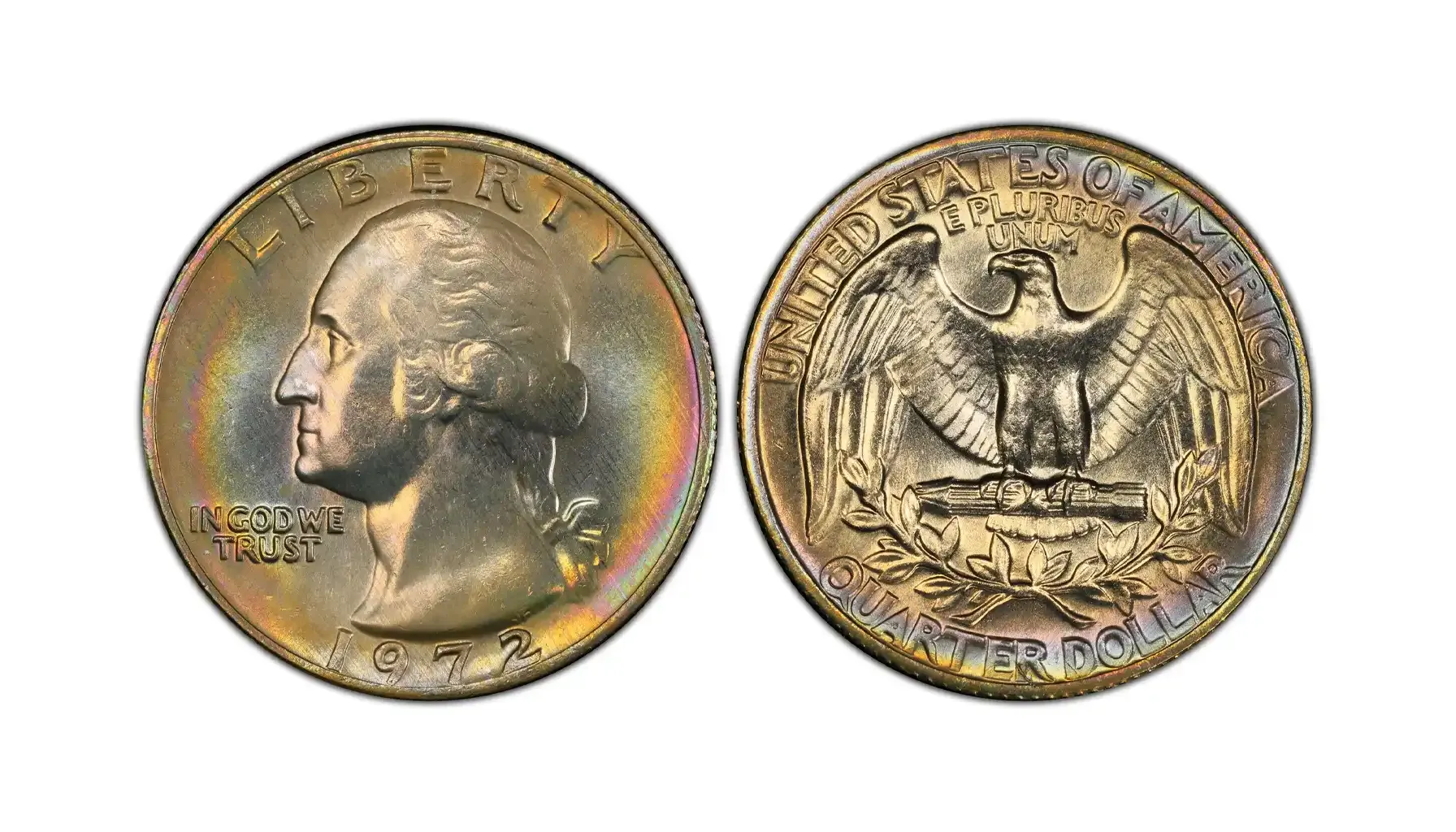
Produced by: Philadelphia Mint
Mintage: 215,048,000
Auction Record: $1,320 for MS67+
The Philadelphia Mint, a major minting facility in the US, became the birthplace of the 1972 quarter no mint mark, i.e., one of the most common coins in the series. In circulated condition, it is worth a little more than face value. However, records provided by the most reputable auction platforms demonstrate that instances in Mint State may be sold for thousands of dollars.
1972-D 25C (Regular Strike)
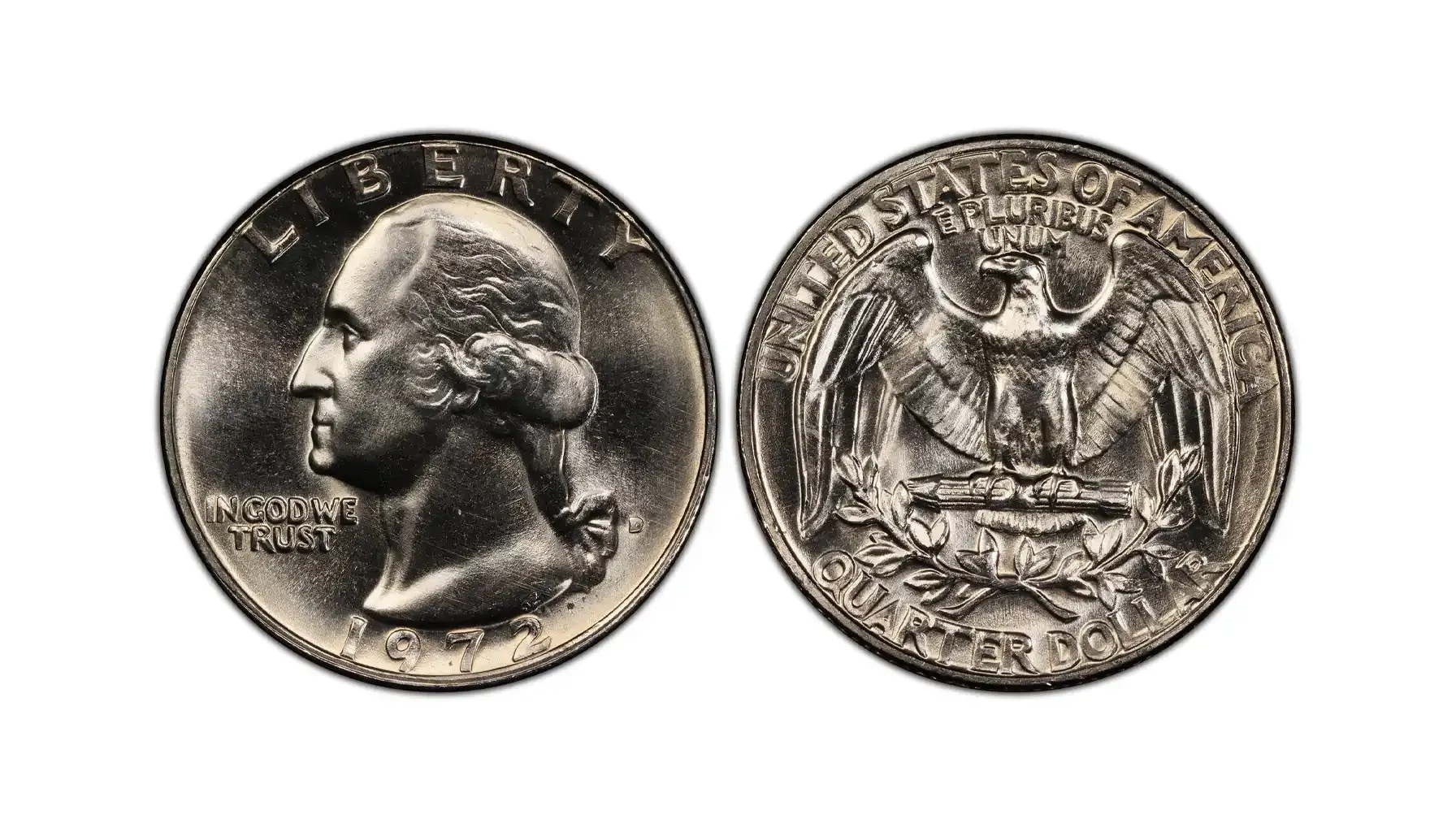
Produced by: Denver Mint
Mintage: 311,067,732
Auction Record: $3,055 for MS68
The 1972 D quarter was the second in succession and the first in mintage figures. Although it is extremely common in circulated grades and even in lower Mint State levels, some pristine examples (i.e., MS67+) are much harder to acquire and can command outstanding prices at auction. The Denver Mint's output is mainly known for its solid strikes, but bag marks and surface blemishes are still typical, which is why flawless instances are exceptional.
1972-S 25C (Proof)
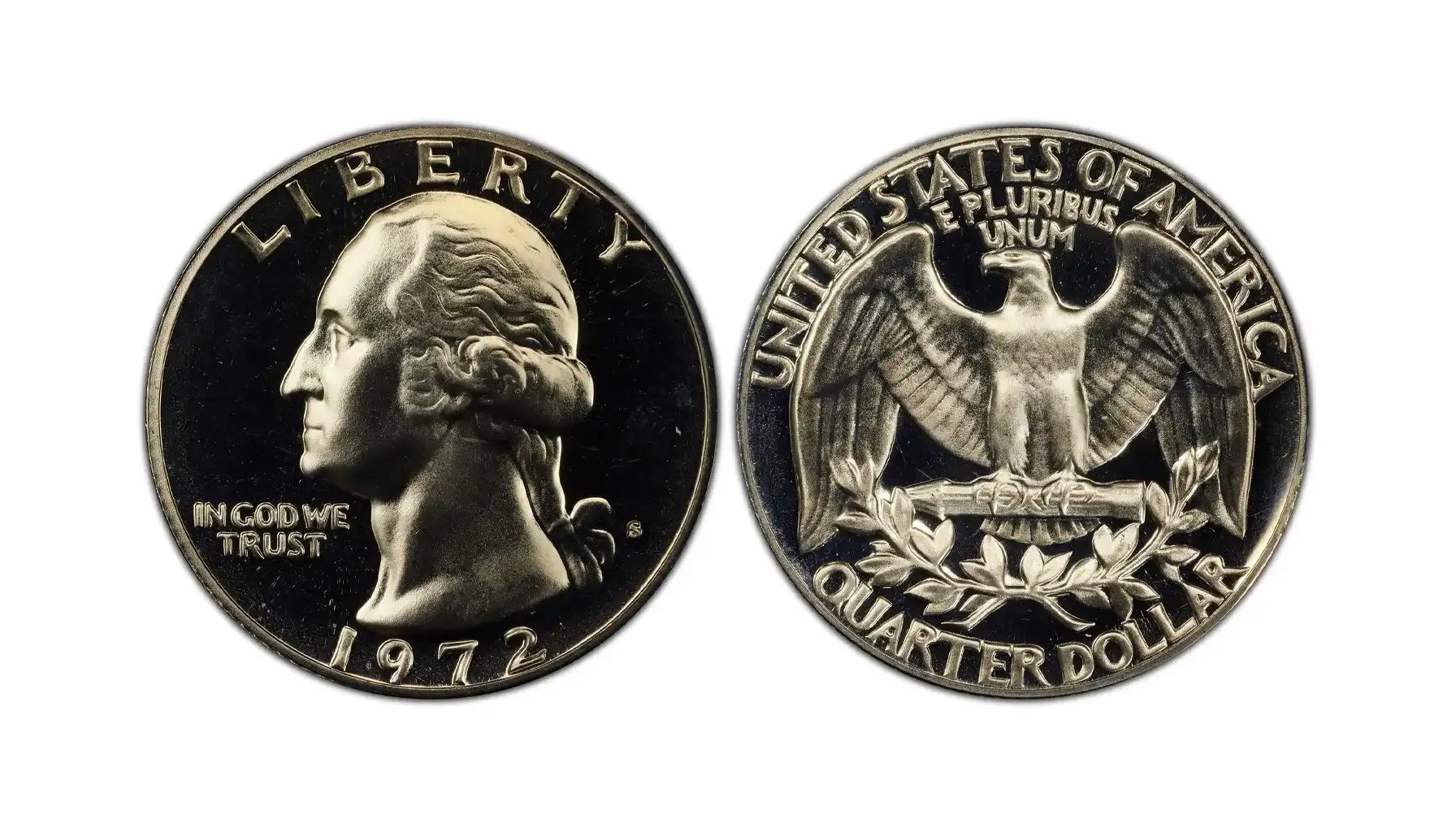
Produced by: San Francisco Mint
Mintage: 3,300,000
Auction Record: $1,035 for PR65
The final option one may turn to is the 1972 S quarter that exists solely as a proof coin, created with polished dies and specially treated planchets which produce highly reflective surfaces and razor-sharp details. Notwithstanding the fact that it is a proof instance, it has always been widely available to collectors, especially in lower proof grades. However, deep cameo examples may increase in value (though it is not as extraordinary as expected).
Factors That Affect the 1972 Quarter Value
Are 1972 quarters worth money? Before analyzing what their true value is, it is vital to quickly review the main factors that may influence it in the first place. These usually come down to their designation, condition, and the presence of minting errors. Let us take a look at these aspects one by one.
Designations
Proof quarters can carry additional designations that reflect their visual quality. In the case of the 1972 quarters, these are:
PR (Proof): The standard designation for proof coins, which are struck with extra care using polished dies and planchets.
Cameo (CAM): Indicates a frosted, matte-like finish on the raised devices (like Washington’s portrait) with a reflective mirror-like field.
Deep Cameo (DCAM): Features even stronger contrast and frosting than a regular cameo.
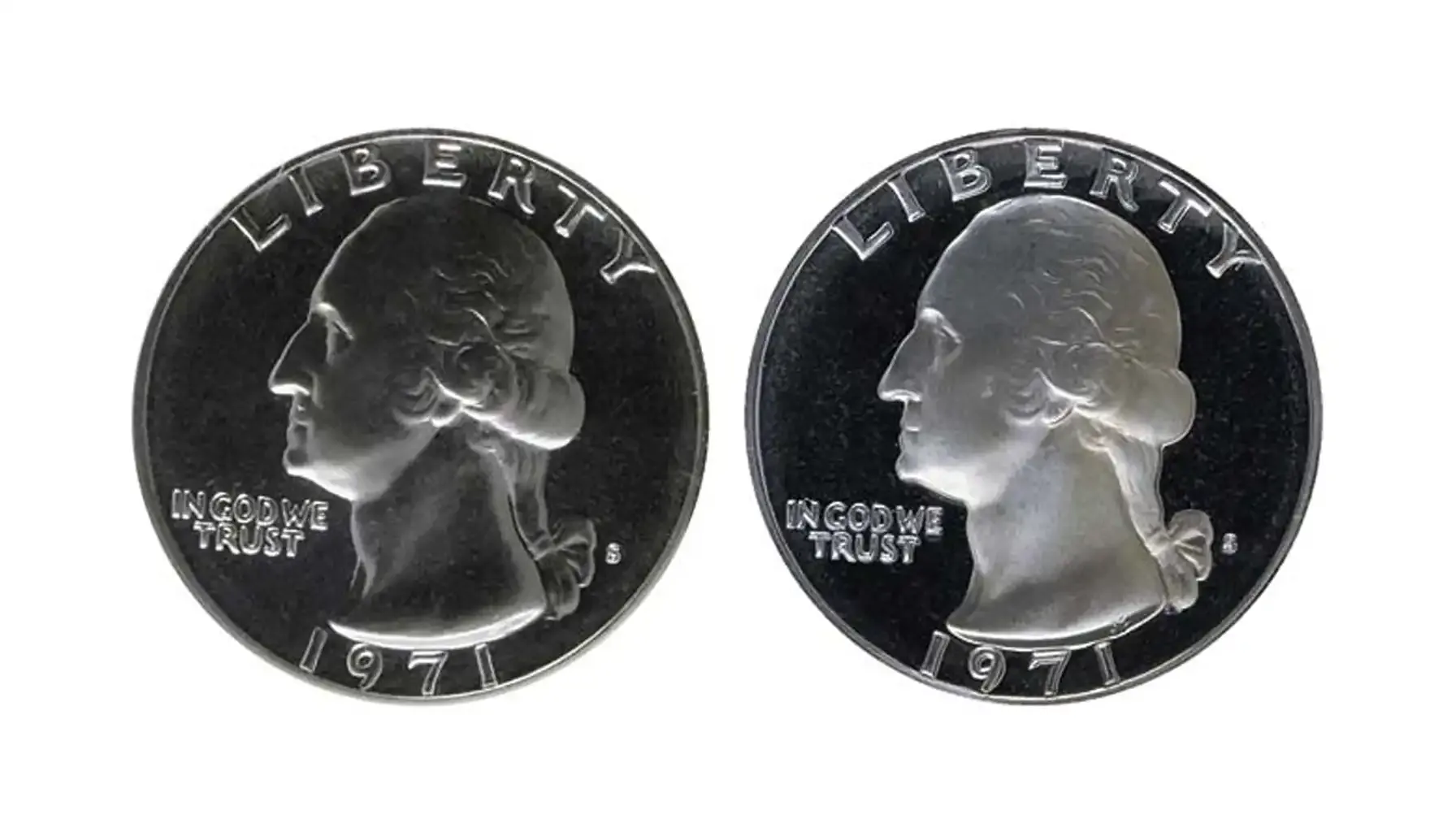
Errors
The 1972 quarter errors may be even more valuable than those that are considered flawless in general. This means that looking for deviations can boost the worth of one's collection significantly, with errors appearing as follows:
Die Cracks: Caused by stress fractures in the die, resulting in raised lines or jagged patterns on the surface (relatively common and collectible).
Struck Throughs: Occur when any foreign material interferes with the striking process, leaving a dent, void, or distortion in the design.
Broadstrikes (or “Pancakes”): These coins are struck without the collar that normally shapes the edge, which is why the metal spreads out flat and wide.
Filled Mint Marks: Result from debris clogging the mint mark on the die, leading to a faint, distorted, or even missing mint mark.
Doubled Dies: Involve a misalignment between die impressions, causing noticeable doubling on lettering, digits, or design elements.

Related article: The List of Quarter Errors by Year: Instances & Descriptions
Grades
Finally, we have come to, probably, the most influential aspect, which serves as a measure of its wear, luster, and quality of striking. A coin grade is an attributed numeral supported by an alphabetic combination that vividly reflects how good the coin is. These are the main grading ranges accepted by major grading services like NGC or PCGS:
Circulated Grades (G-AU): These reflect wear from daily use and are generally worth only face value unless accompanied by an error.
Mint State Grades (MS60-MS70): Uncirculated coins with no signs of wear. Higher numbers indicate better preservation, with MS66 and above commanding substantial premiums.
Proof Grades (PR60-PR70): Reflect the quality and strike of proof coins. Flawless examples in PR69 or PR70 with Cameo or Deep Cameo designations can be worth hundreds.
How Much Is a 1972 Quarter Worth? Common Values Revealed
Are 1972 quarters worth anything? Yes, indeed. The higher the grade, the more valuable a coin is. Philadelphia, Denver, and San Francisco produced the main varieties, and although hundreds of millions were struck, only high-grade or proof examples with designations like CAM or DCAM rose in value. So, what is a 1972 quarter worth? Let us see.
Type | Grade | Estimated Value Range |
1972
| Circulated (G–XF) | $0.25 (face value) |
MS60–MS64 | $1 – $6 | |
MS65 | $18 – $24 | |
MS66 | $40 – $100 | |
MS67+ | $750 – $1,750+ | |
1972-D
| Circulated (G–XF) | $0.25 (face value) |
MS60–MS64 | $1 – $12 | |
MS65 | $14 – $15 | |
MS66 | $20 – $30 | |
MS67–MS68 | $70 – $1,350+ | |
1972-S (Proof)
| PR60–PR64 | $1 – $5 |
PR65–PR67 | $6 – $20 | |
PR68 CAM | $25 – $50 | |
PR68 DCAM | $50 – $100+ | |
PR69 DCAM | $100 – $300+ |
NB: Prices do fluctuate over time. To check up-to-date market information, please refer to Coin ID Scanner, the app that helps one identify, grade, and evaluate coins with one photo only. Point your camera at the items right in the app to access the coin card with the latest market data and auction records all in one place.
Take your time to explore coins that may be overlooked by others. This is where true value might be concealed for years.

